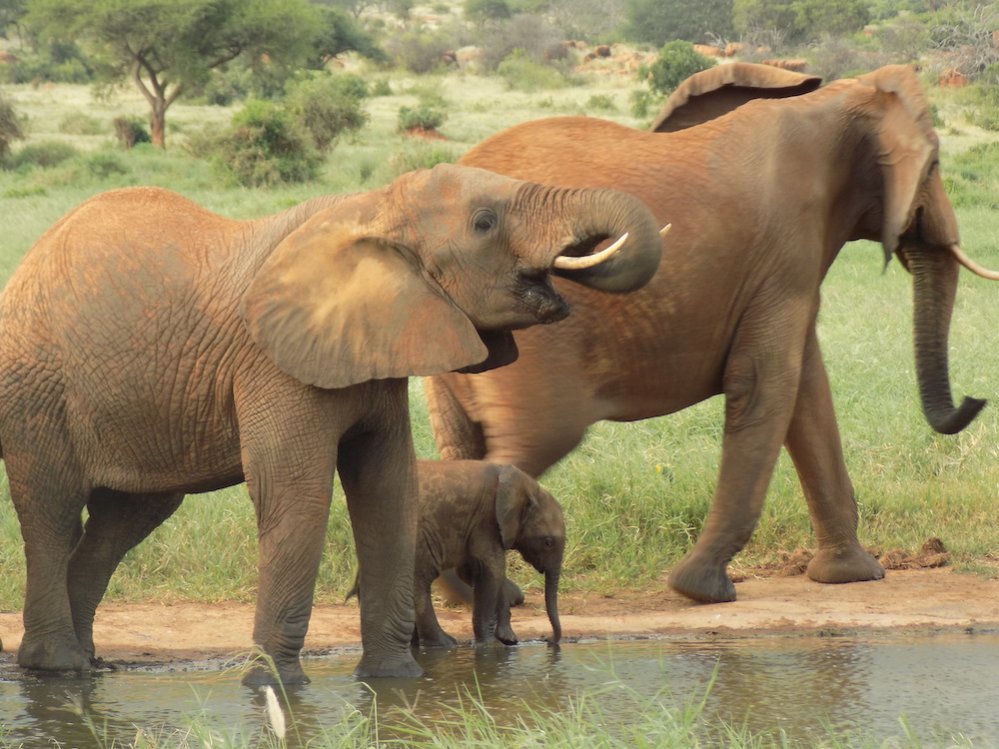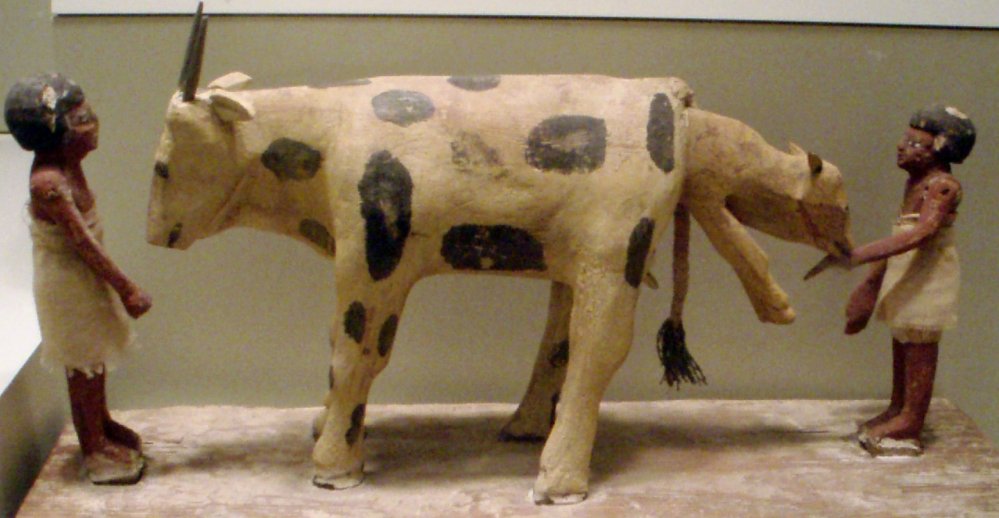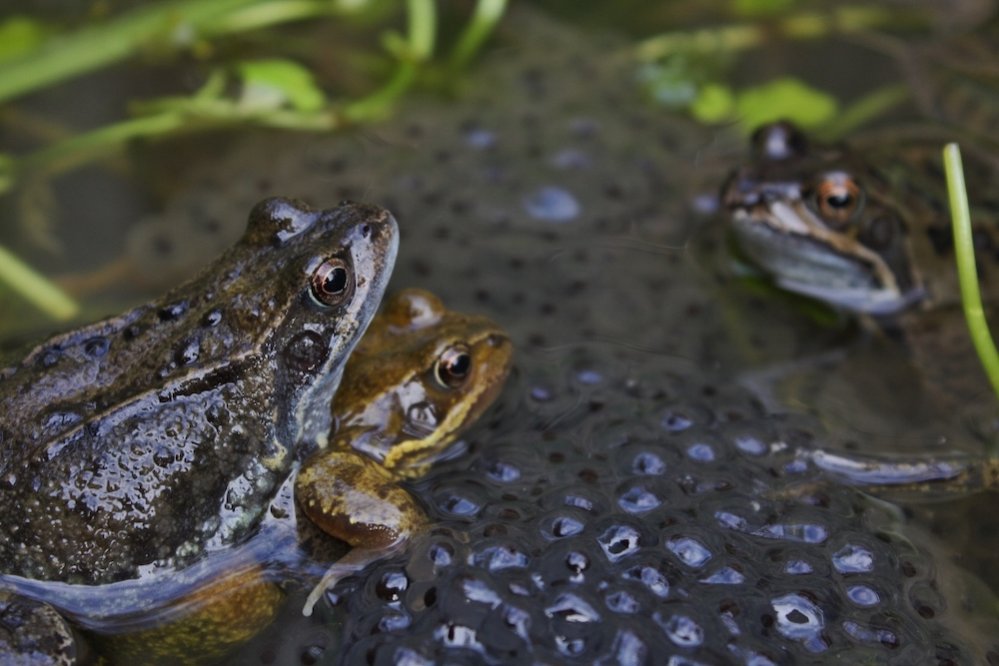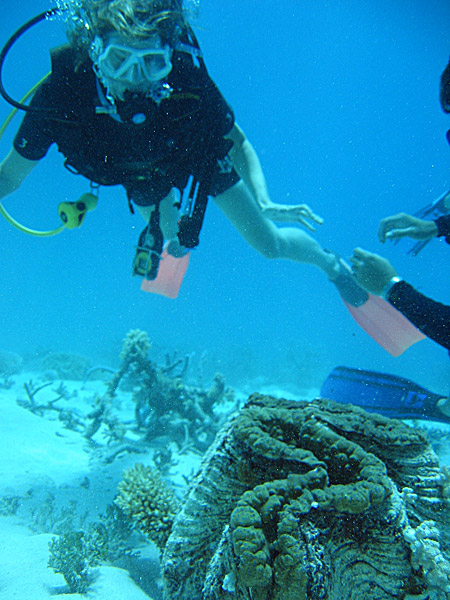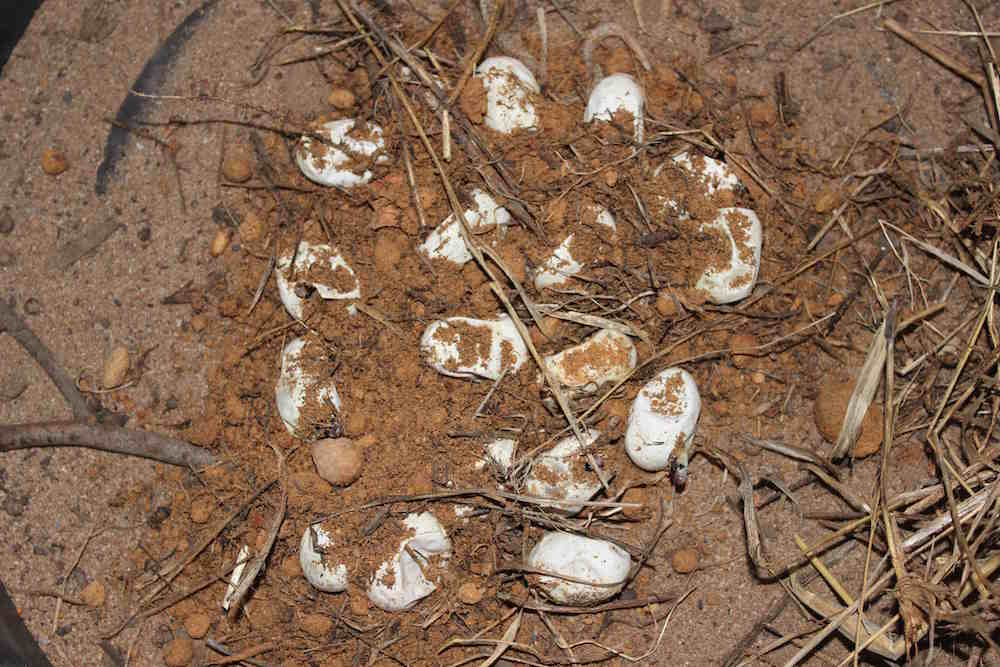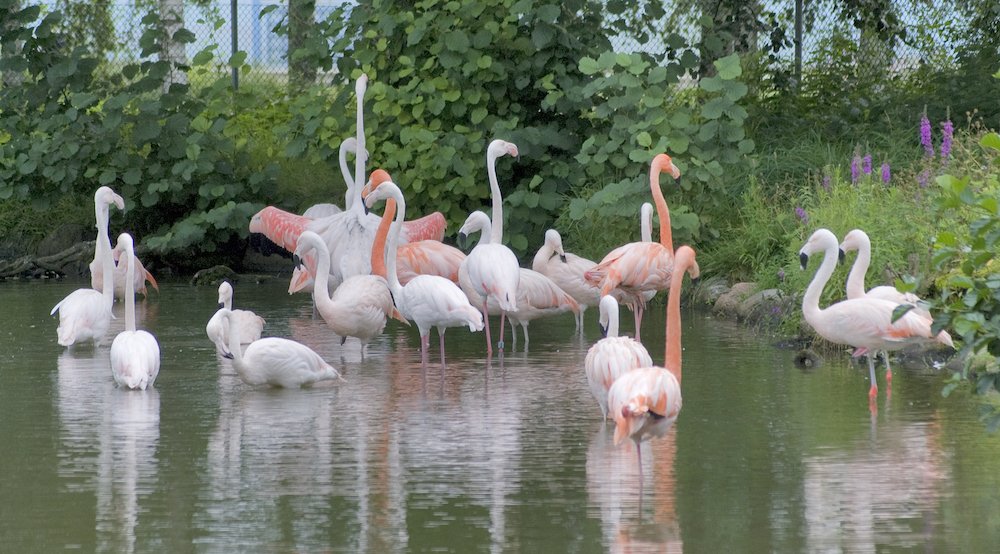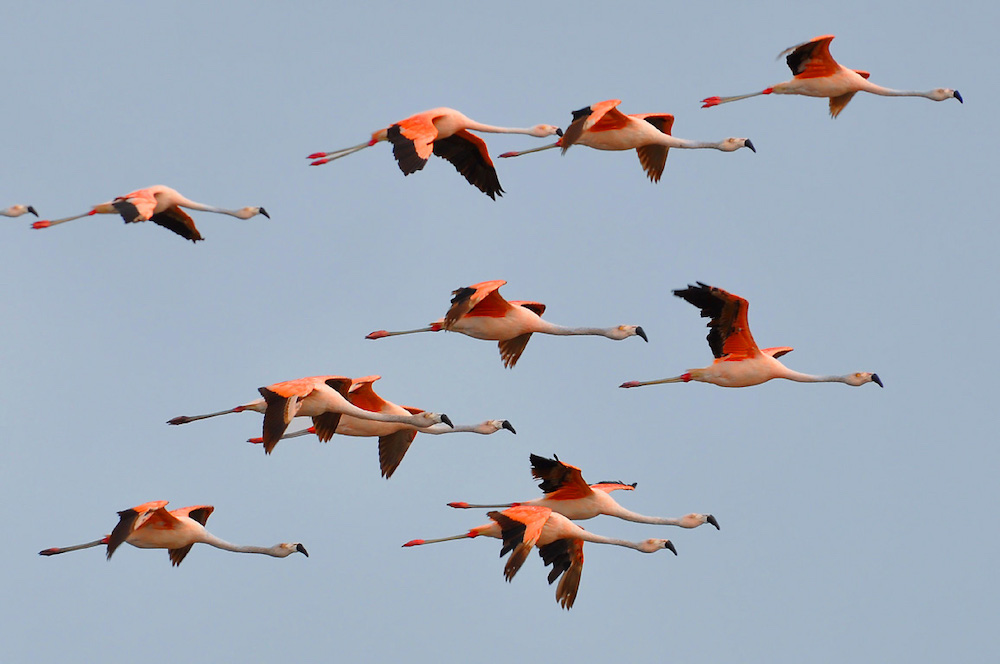| View this newsletter in your web browser | Browse all newsletters |

|
Newsletter No. 64 |
| BABY SNAKE SEASON IS ALMOST OVER! | |
|
Timing is Everything
We had a relocation tiger snake from a home in the hills in our snake room, in an enclosure overnight, waiting for release the following day. Now tiger snakes are viviparous, give birth to live young, by the way. The following day came around and when I entered the snake room to organise the snakes needed for a course the next day, and to see who needed to have their enclosure cleaned, I noticed on the outside of one of the enclosures a dark little ‘something'. Thinking it may be some bark caught between the pane of glass I stepped closer for a look and to my amazement it was a baby tiger snake. On the outside of an enclosure. In a room full of snakes that should not have been pregnant. After regaining my composure both myself and Jenny (Boss Lady!) gathered the necessary tools and equipment to safely check the whole room, each and every enclosure, and found a further 7 babies, all within the new mum's enclosure thankfully. We have since relocated both the mother and her little baby tigers; you can see the video of them being released on our social media. Watch how fast 7 venomous baby snakes disappear!!! https://www.facebook.com/animalark.com.au/videos/5177442662300679 These babies are just as medically significant (capable of a lethal bite if harassed) as adults, they just have a much smaller venom gland. There are myths that baby venomous snakes are more lethal as their venom is more potent or that they have less control over their capability to inject the venom which make them more dangerous. But these are all unproven theories. There is no academic evidence we are aware of to support these urban myths. Our baby snake season, whether born alive or hatching from eggs, often depending on the weather, is usually anytime between Christmas and May. |
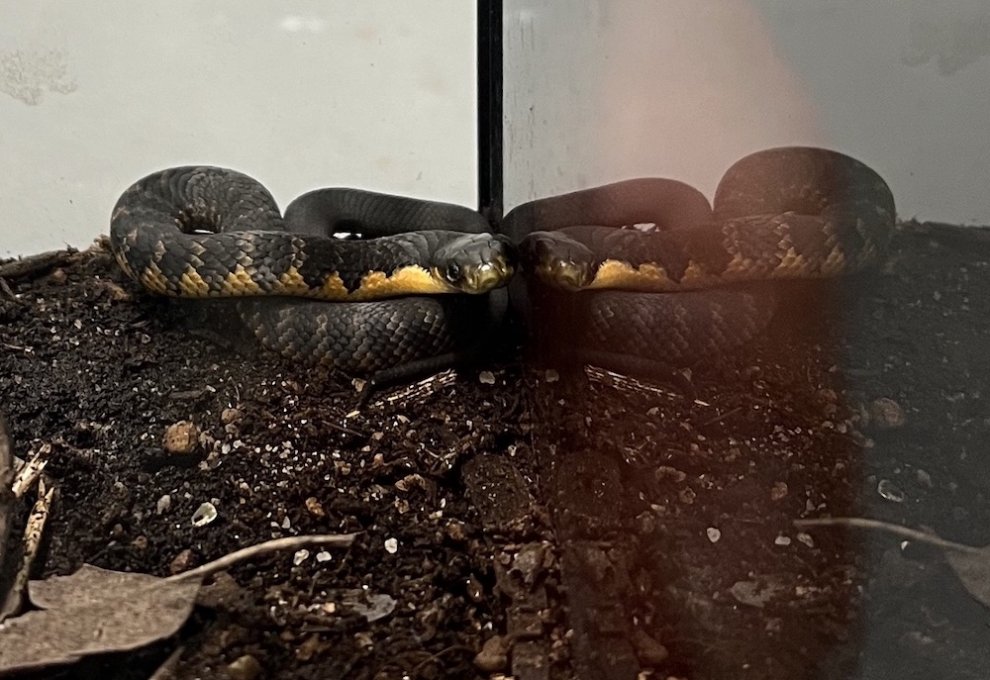
|
|
Taking Care I was on a hike in March with my 9-year-old daughter in Ellis Brook Reserve (beautiful place for those interested in some Perth based hiking). Whilst looking at the pictures of the reserve during the wet season we heard a thud, and I looked down to see that a baby dugite had fallen from one of the rafters within the shelter onto the bench seat. Our venomous snakes here in Australia are part of the family elapidae. Characterised by permanently erect, relatively short fangs at the front of the mouth, measuring between 3-15mm. Brown and tiger snakes have 3-7mm fangs while the Taipan has the larger fangs of 10-15mm. These snakes are either viviparous (live bearing) such as tiger snakes, capable of producing between 7-65 young at once. Or are oviparous (egg laying) such as brown snakes (dugite, gwardar) who lay their eggs in clutches, between 10-40 per parent. With this in mind, keep safe and if you spot a baby snake which can be as small as half a HB pencil, there could be another 39 nearby. They can hide under leaves so have a good tidy up wearing boots, gloves and other relevant PPE. |
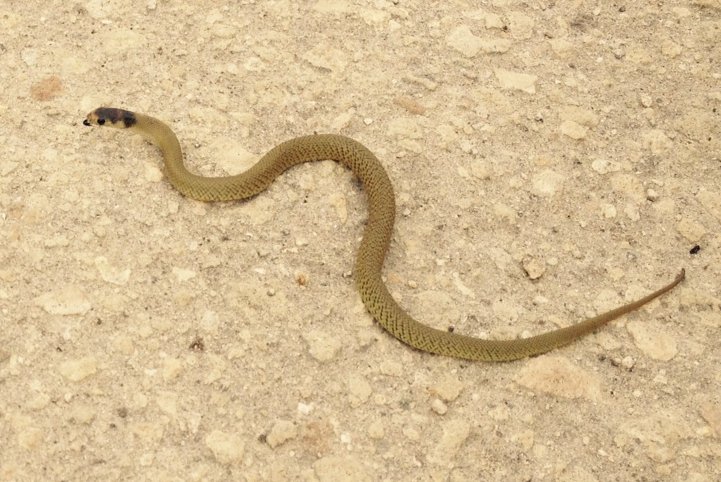
|
| SNAKE AVOIDANCE TRAINING FOR DOGS - BOOK NOW | |
|
Our new online booking system has arrived at www.snakeavoidance.com.au. It is now easier to book your dog for Snake Avoidance training online. Easier, faster, and with reminder emails and texts – we hope it's popular with people and pooches. Choose a training date, location, and time slot simply – at least that's the idea – feedback appreciated; I think. A big thank you to our tech guru Geoff for all his hard work.
More dates and locations are being added as we write this. |
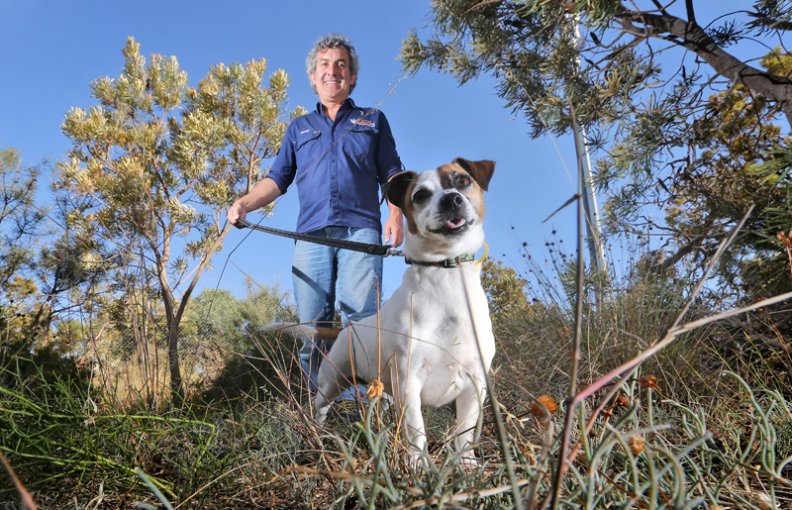
|
| NEW GAITERS IN STOCK | |
|
Our new stock of gaiters has arrived with both tan or camouflage colours.
Offering great snake protection, good for hikers, gardeners and anyone wanting to avoid prickly plants and biting snakes. Special price of $110 incl GST (RRP $132) to our subscribers through to 31 July 2022 . Order online at shop.animalark.com.au with code GAITERS for discount to be applied or call the office with credit card on 08 9243 3044 |
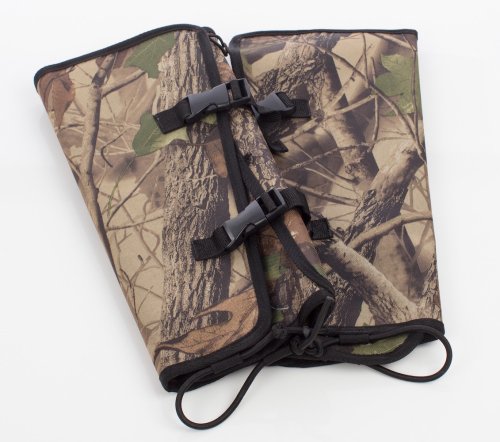
|
| Upcoming Courses and Events | |
|
For Snake Avoidance Training for Dogs please see www.snakeavoidance.com.au/dates-and-locations For Snake and Fauna Handler Training please see Courses held regularly around Perth plus on-site and remote site training available on request subject to availability. |
|
|
|

